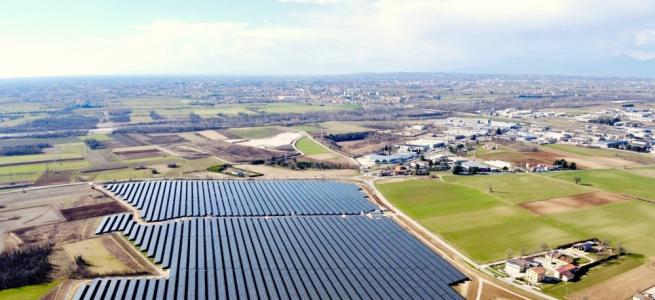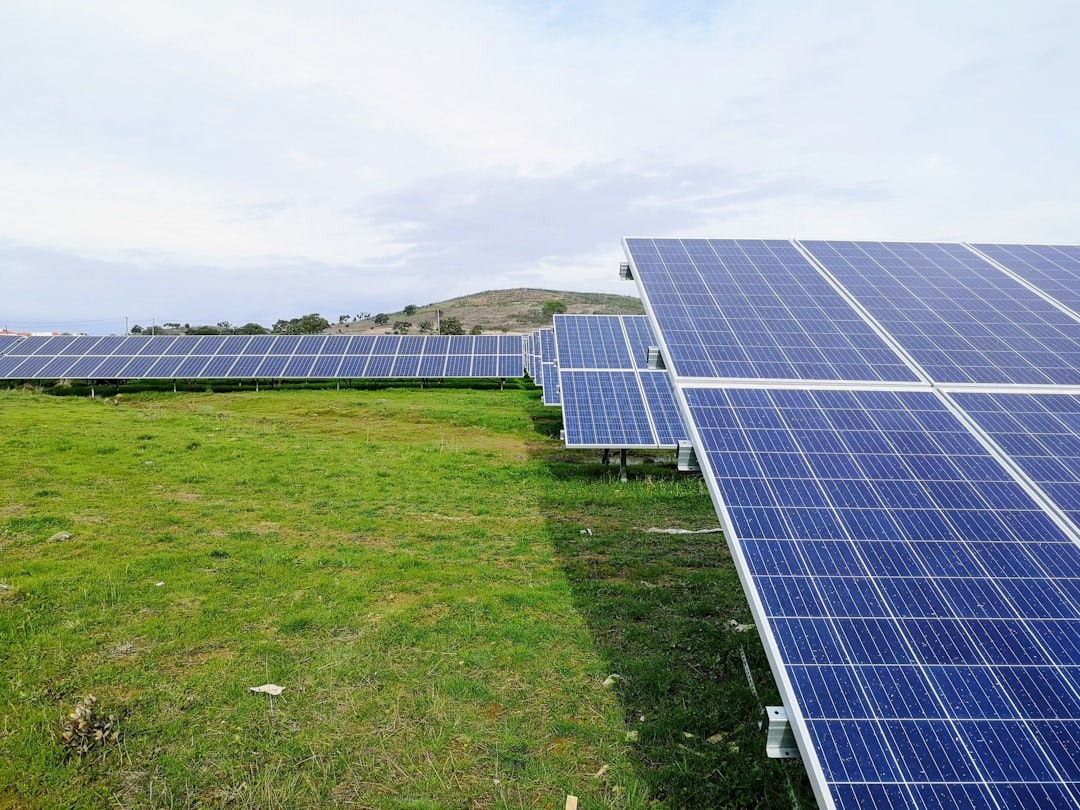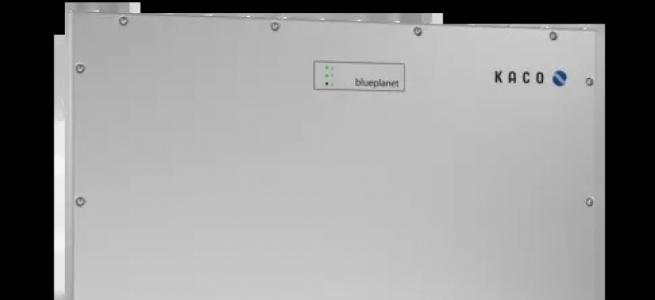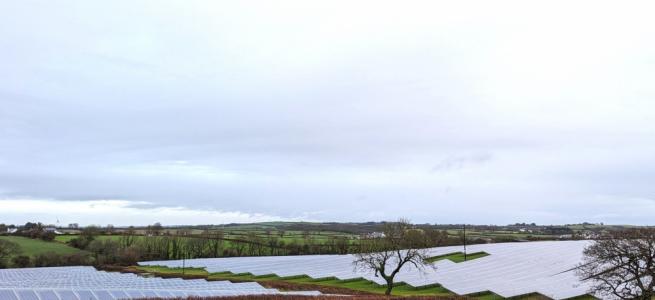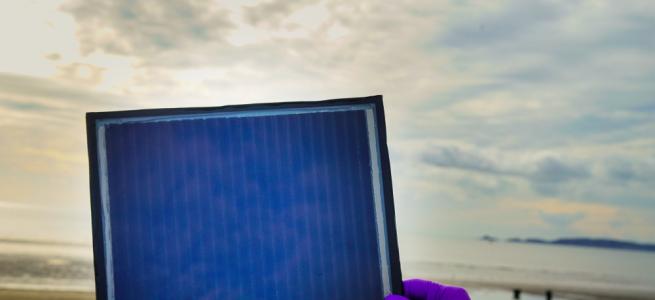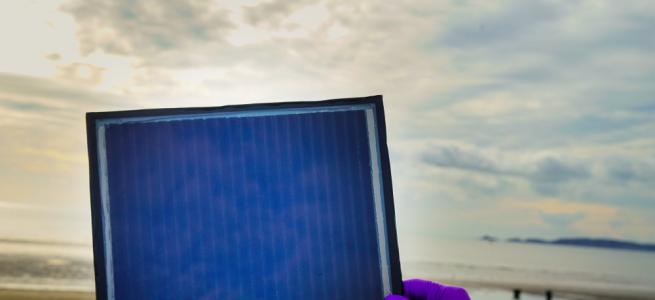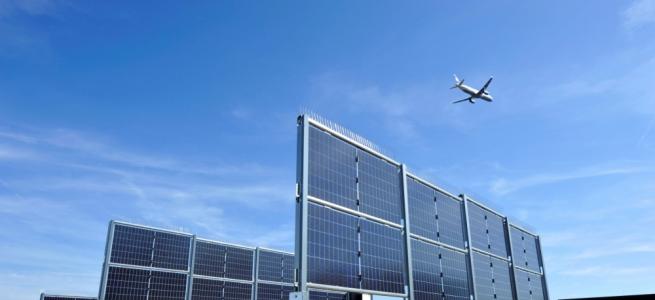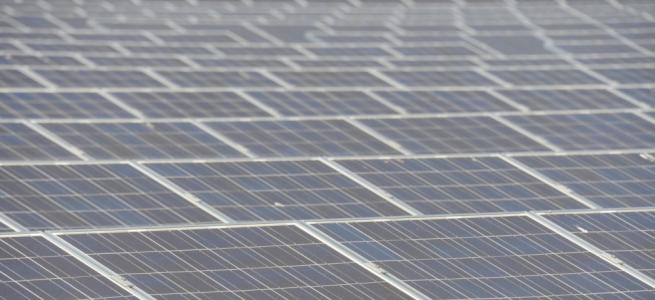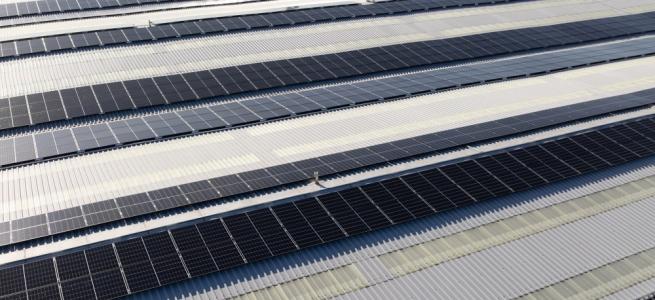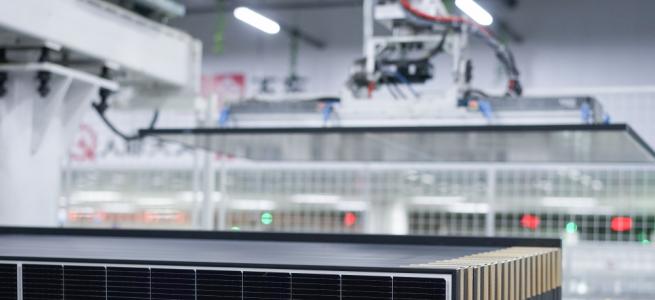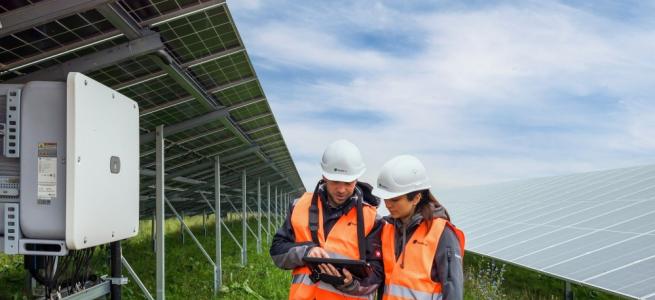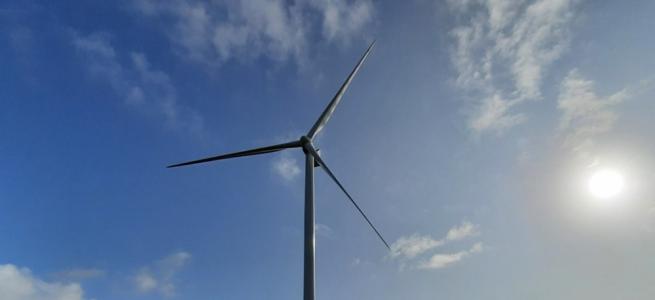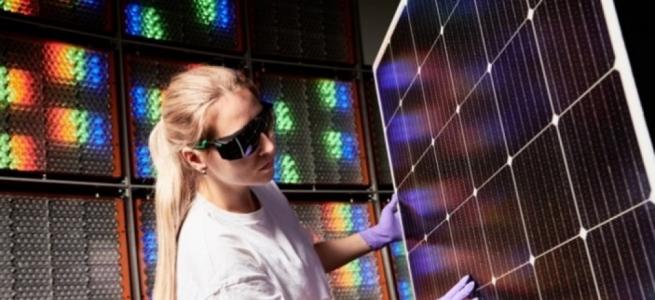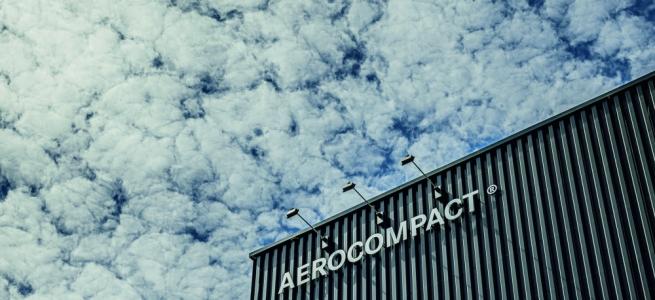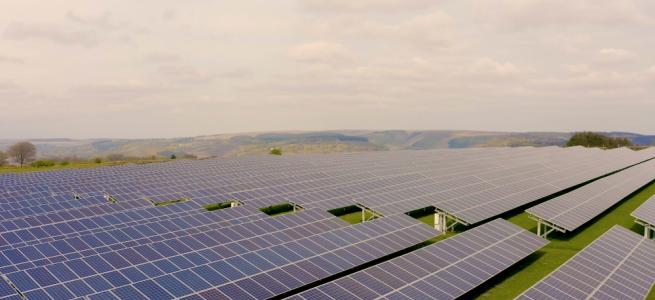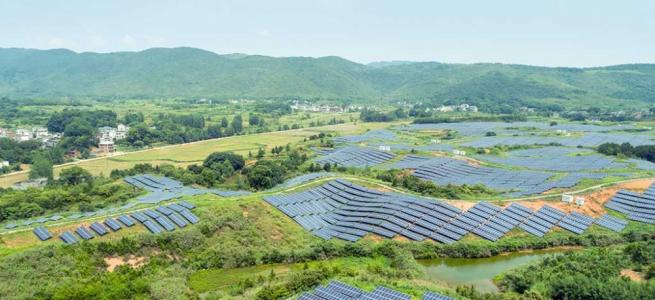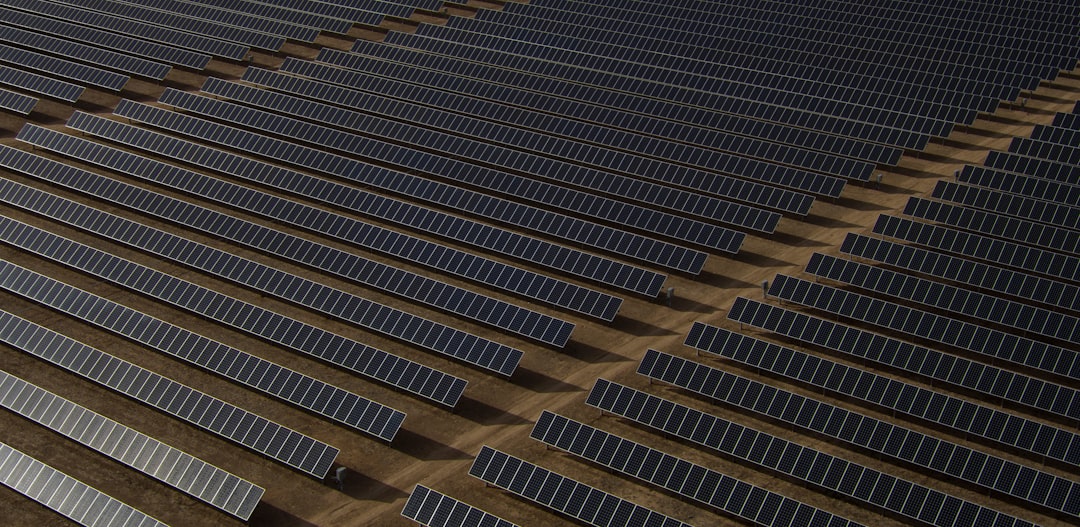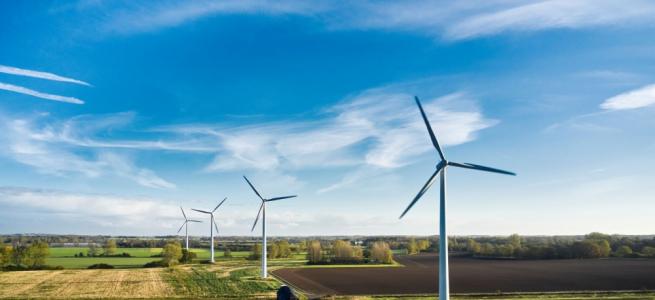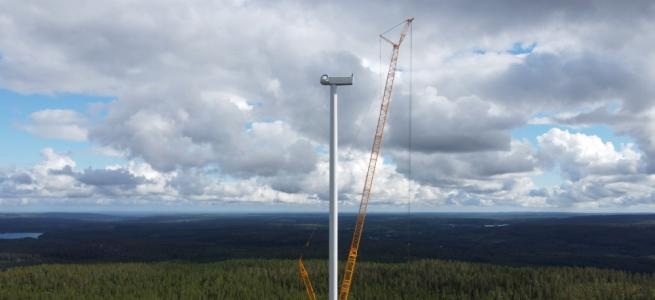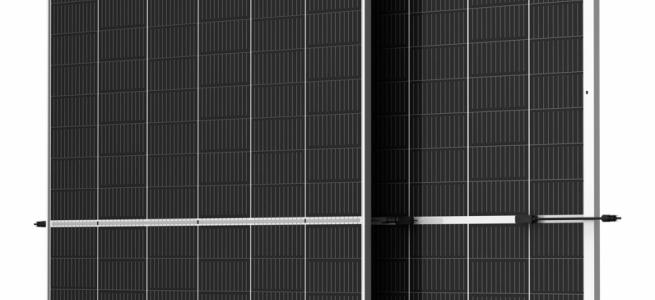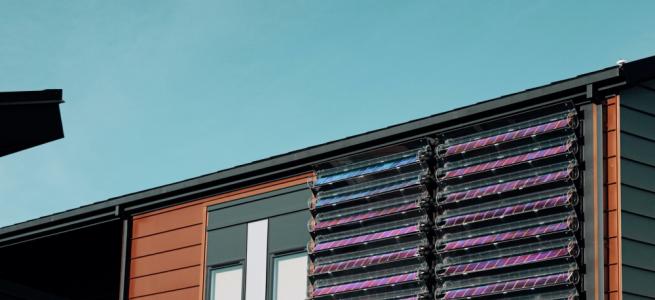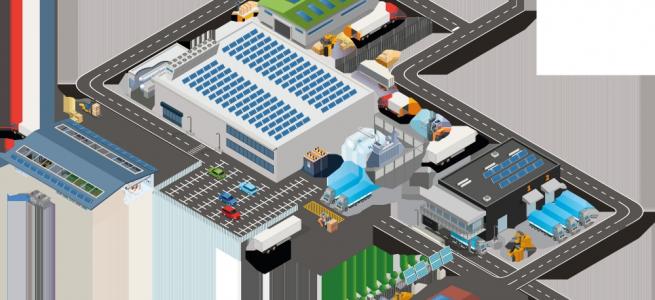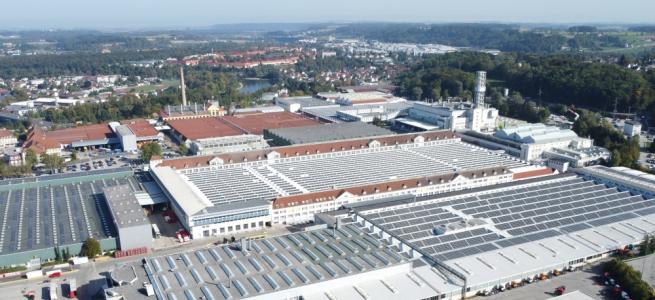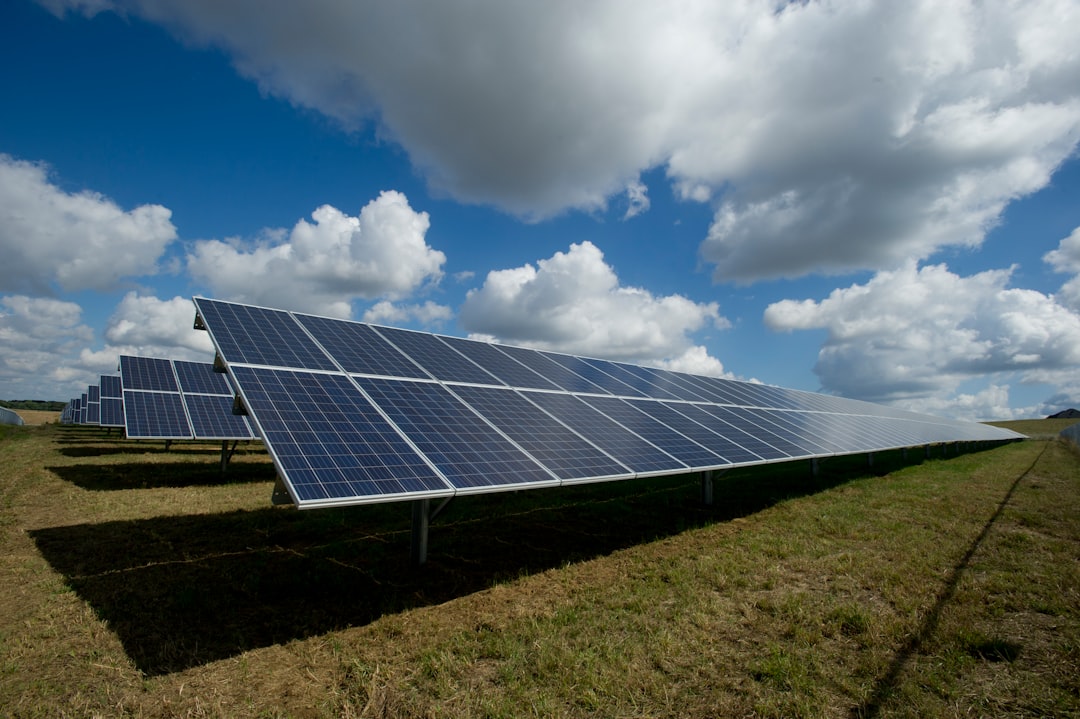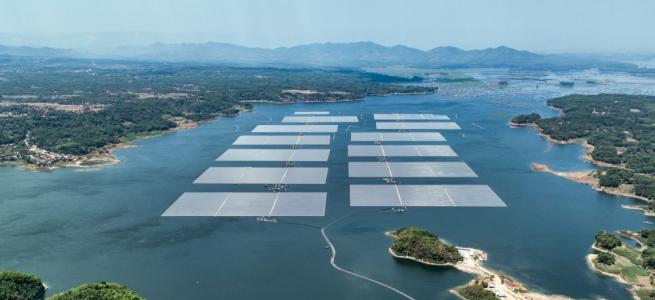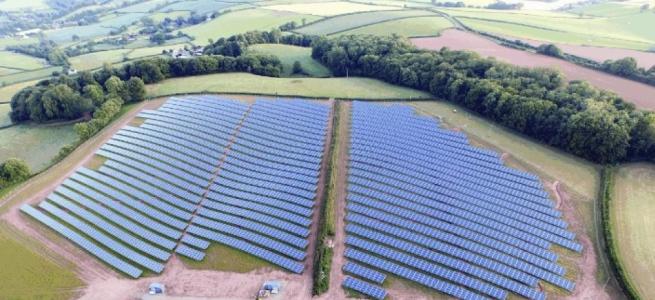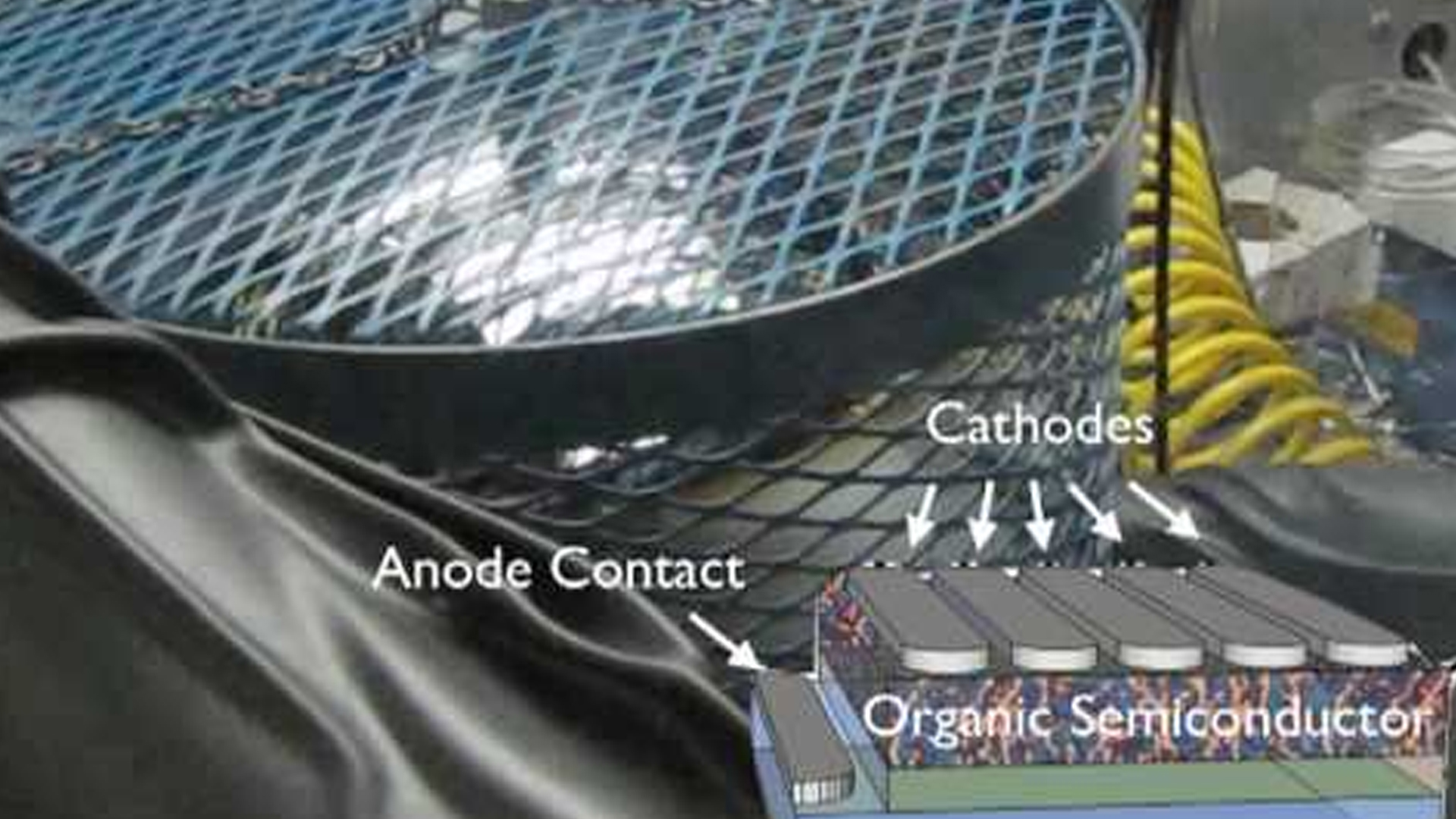Securing the safety and reliability of solar and wind farms

Solar and wind power are clearly set to be the energy sources of the future – clean, renewable, efficient and able to generate at the point of use, these renewables tick all the boxes for a method that will help us protect the environment and avoid contributing to climate change.
Solar Power Europe, a member led organisation aiming to grow the solar market reports that solar technology has certainly come a long way since 2010, when it could only be made economic through the application of subsidies. Fast forward to 2020, which saw more than 130 Gigawatts (GW) [1] of newly installed solar power across the world, more than all other generation technologies put together. It is also increasingly low cost, particularly in areas with high solar insolation, where it is already the lowest-cost form of new electricity generation. In fact, the World Economic Forum reports that Saudi Arabia could transition to a 100 % renewable energy system by 2040 and, with solar power accounting for 79 % of the country's energy demand by 2050 [2].
The story is as encouraging in more temperate climes – with 18.2 GW of photovoltaics systems connected to the grid in the EU in 2020, a further increase on 2019’s growth with 2021 growth forecast to be even greater [1].
As well as cutting pollution and having the potential to reduce energy bills, widespread use of solar can also boost the economy.
Safe working aids peak performance
As employment in this sector continues to grow, attention is turned to the people who install solar farms, their safety and how they can contribute to getting the most out of every solar panel.
One of the dangers in any electrical system is electric shocks, typically caused by faulty wire insulation, damaged safety covers, loose wiring or improper earthing. In a photovoltaic (PV) system, these faults are most commonly found in the combiner box, PV source and output circuit conductors and the equipment earthing conductor.
This danger can be mitigated by rapid shutdown disconnecting devices located at the power source – alternatively a special rapid shutdown switch can be employed.
Fire is an ever-present danger, with one of the most common causes being electrical arc faults, high power discharges between two or more conductors. The resulting heat can degrade insulation, causing a spark or arc that causes a fire. Guarding against this danger is best done using an arc-fault detection device (AFDD) or a residual current device (RCD).
Arc flashes can also lead to explosion. An arc flash releases hot gasses and radiant energy up to 19,500 °C. It can occur when a large amount of energy is available to an arc fault, in both DC and AC conductors.
On the DC side, large scale systems can use multiple string inverters, avoiding the use of one or two large central inverters that need combiner boxes. On the AC side, mitigation includes arc resistant switchgear, which directs arc flash energy away from people and equipment.
Above all, the key to working safely and efficiently maintenance staff require the right tools to test installations. These need to be safe, accurate and easy to use.
A vital piece of kit is a clamp meter. It is a must for any electrical maintenance technician and in solar arrays, it’s the best tool for quick voltage detection as well as installation and troubleshooting at the combiner box and inverter. One of the big considerations is to choose a meter with an appropriate measurement category rating which matches with the maximum working voltage of the installation.
Today, these need to measure solar installation voltages at the new standard of 1500 V system voltage, while also offering high safety specifications and being easy to use in congested solar connection boxes. These capabilities are all offered by Fluke 393 and 393 FC, the world’s first True-rms solar clamp meters to be rated at measurement category CAT III / 1500 V DC according to the latest safety standard for clamp meters IEC/EN 61010-2-032:2019 – by contrast, standard instruments for this application are restricted to 1000 V DC.
The challenge is that solar junction boxes are often small and congested, making it difficult to attach meters to make measurements. The Fluke 393 has a jaw that is 25 % thinner than previous Fluke clamp meter models, making it easier and faster to take measurements in restricted spaces.
The jaw design is durable, rugged and reliable and meets the stringent CAT III requirement for creepage and clearance.
The unit’s ability to make quick, easy and accurate measurements allows maintenance technicians to keep solar installations producing energy. A good clamp meter can also measure loads and line frequency in circuits. As well as offering high safety and ease of use, a reliable clamp meter will also feature remote capability for logging, trending and monitoring measurements. It will also have the ability for inrush measurement to capture starting current and an integrated low-pass filter perform measurements on variable frequency drives (VFD).
The clamp meter must be able to withstand average voltage levels as well as high voltage spikes that produce transients or dangerous arc flashes.
Solar technicians will want a digital meter that can withstand drops of up to 1 m, that offers high ingress protection with a waterproof and dustproof IP 54 case. Other essential characteristics are a broad operating temperature range of -10 °C to + 50 °C.
Working efficiently
Solar installations need to receive the correct amount of irradiance energy to generate the DC voltage supplied to the inverter. Solar installations require four vital measurements to be made to ensure the system has the best chance of working at peak efficiency. One of these is determining the Watt per square meter of solar irradiation, which is required by the IEC/EN 62446-1 standard. It is also important to measure the temperature, find the cardinal direction and verify the inclination of the roof or panel.
An irradiance meter such as the Fluke IRR1-SOL, can quickly and easily make all these measurements. Suitable for roof mounted systems or a large field installation, the Fluke IRR1-SOL is an easy-to-use single-handed solution for all solar installation technicians.
Other Toolbox essentials
With solar installations sitting in direct sunlight, plus the temperature effects that electricity can produce, infrared cameras are perfect for inspecting PV modules, electrical panels and breaker panels to detect hotspots. An infrared camera will ideally have a high sensitivity to visualise temperature differences, as well as offering the ability to easily visualize and diagnose issues. Again, it should be easy to use, with an intuitive user interface.
As well as simple spot checks, timed tests and breakdown tests, insulation testers can also help identify insulation failures. Solar Operations & Maintenance technicians will require an insulation tester that can handle insulation resistance tests up to 5 kV or even 10 kV DC. They can be used on switchgear, conductors and cables.
Ideally, an insulation tester should offer remote test configurations, starts and stops, real-time trending and a strong reporting tool. Data collection via Bluetooth is also handy as it cuts the need to make handwritten notes, improving accuracy.
In order to operate effectively, a major part of a solar installation is the battery, so a reliable, accurate method of checking battery health is another essential. A battery analyser can perform troubleshooting and performance testing on stationary batteries and battery banks. A good battery analyzer should be able to take key measurements, such as internal battery resistance, DC voltage and temperature. It should also offer a sequence measurement mode and comprehensive trend analysis.
For ease of use and resistance to handling in the field, it should also offer an intuitive user interface, compact design and rugged construction.
A bright future
The expected growth in the market for solar installations is encouraging and will help us in the goal of protecting the planet. Using capable instruments that allow technicians to work safely while ensuring these solar installations are working at peak performance, is the key to ensuring that solar has a bright future.


